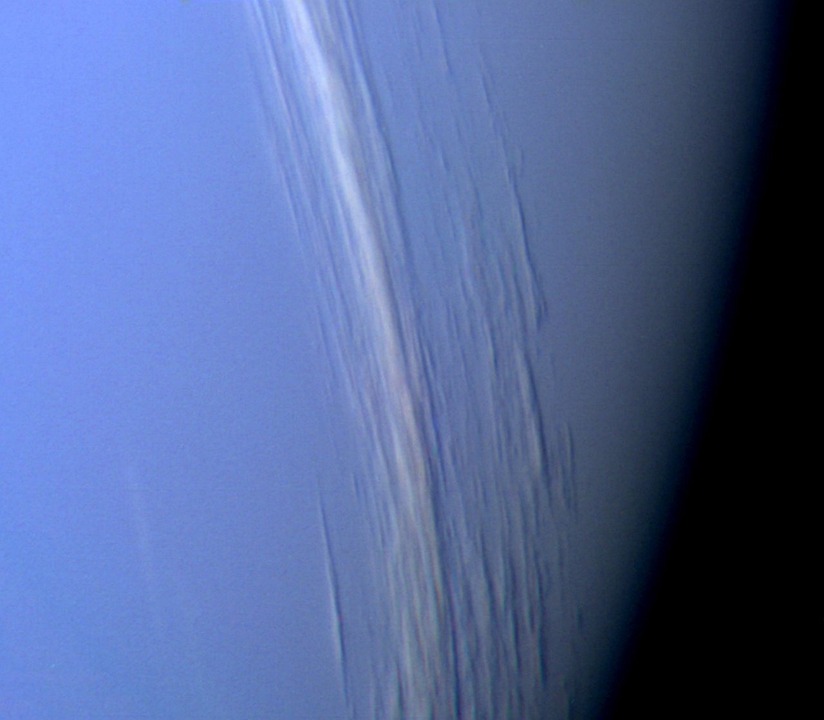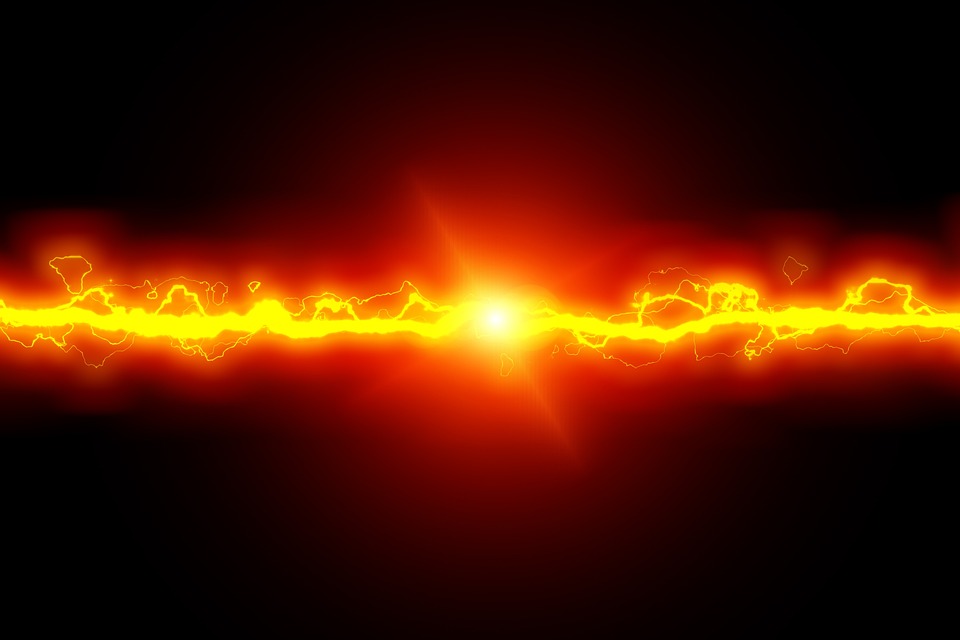Title: Neptune’s Cyclones: Unveiling the Powerful Storms of the Eighth Planet
Introduction
The great vastness of space is filled with wonders and mysteries that, as of yet, humans have barely scratched the surface of. One celestial enigma that piques interest is Neptune, the furthest planet from the sun, swathed in a haunting, turquoise atmosphere that hides some of the most powerful phenomena known in our solar system: cyclones. These tempestuous storms are one of Neptune’s defining features, drawing attention from astronomers and prompting numerous investigations to decipher their secrets. In this article, we shall delve into the heart of these fascinating storms, their characteristics, and the data collected by spacecraft that has allowed their study.
Neptune’s Cyclones: A Striking Visualization
Image display: [Neptune, with swirls of cloud formations, displaying the cyclones in deep blues and purples against the dark background of space.]
Understanding the Giants
Windswept Cyclones
Neptune hosts some of the fiercest winds in the solar system, reaching speeds of up to 2,100 kilometers per hour (1300 mph) as recorded by NASA’s Voyager 2 spacecraft during its flyby in 1989. These powerful gales coupled with colossal cyclones, their massive, swirling vortexes adorn the nebula-like skies of the ice giant.
Anticyclones: The Opposite Force
Contrary to the cyclonic winds, Neptune’s atmosphere features high-pressure systems known as anticyclones. The most prominent among these is the Great Dark Spot, a permanent anticyclone with a size of about 13,000 kilometers (8100 miles) in diameter, comparable to the Earth itself.
Orbiting The Sun
Despite being hidden in the darkness of space, Neptune’s location at an average distance of 4.5 billion kilometers (2.8 billion miles) from the sun only amplifies the intensity of these cyclones due to its extreme cold temperatures, allowing the creation of the planet’s dense clouds of methane and frozen elements that circulate around the planet.
The Adoptive Explorer
As of now, the only and closest-up encounter that humankind has had with Neptune was through the pioneering Voyager 2 space probe that made its historic flyby in 1989. The spacecraft’s images and data on these cyclones have been pivotal in better understanding Neptune’s dynamic atmosphere. However, future explorations would be essential as there’s still much to unravel about these formidable storms.
FAQs
1. What is a cyclone on Neptune?
– A cyclone on Neptune is a swirling storm caused by the planet’s powerful winds, much like cyclones on Earth. However, due to Neptune’s extreme cold and unique atmosphere, the cyclones on Neptune are more powerful and intense than anything on our own planet.
2. What do Neptune’s cyclones look like?
– Unlike the cyclones on Earth, which typically appear warmer due to their condensation processes, Neptune’s cyclones appear as dark, swirling spots against the backdrop of its blue and turquoise atmosphere, attributed to its crushing atmospheric pressure and extreme wind speeds.
3. How fast are the winds in these Neptune cyclones?
– The winds in Neptune’s cyclones are some of the fastest recorded in the solar system, reaching speeds of up to 2,200 kilometers per hour (1350 mph), a significant contrast to the most extreme storms on Earth.
4. Are Neptune’s cyclones similar to storms on Earth?
– While the basic mechanics behind the formation of Neptune’s cyclones and Earth’s storms are similar, they differ significantly in scale, temperature, and intensity. Neptune’s cyclones evoke more awe-inspiring imaginations due to their uniqueness and unearthlier conditions.
5. What was the impact of the Voyager 2 mission on our understanding of Neptune’s cyclones?
– Voyager 2’s exploration of Neptune in 1989 marked a turning point in our grasp of the planet’s atmospheric phenomena. The spacecraft’s photographs and data gathered during its flyby have provided unparalleled insights into the nature and behavior of Neptune’s cyclones, acting as a significant milestone in our understanding of extreme weather conditions in our solar system.
Conclusion
Neptune’s cyclones stand as a testament to the wonder, complexity, and diversity of our solar system. Whilst these tempestuous storms may seem alien to our planet’s storms, they are part of the fascinating ballet of atmospheric phenomena that continues to be explored by astronomers worldwide. As technology evolves and further explorations become a reality, we eagerly await a more profound understanding of these spots on Neptune and the powerful storms that reside within them. We may have to wait over a century until we can send another spacecraft to Neptune, but the quest for knowledge, curiosity and discovery push us to continue observing, understanding and unlocked the mysteries of our universe, one whirlwind at a time.


